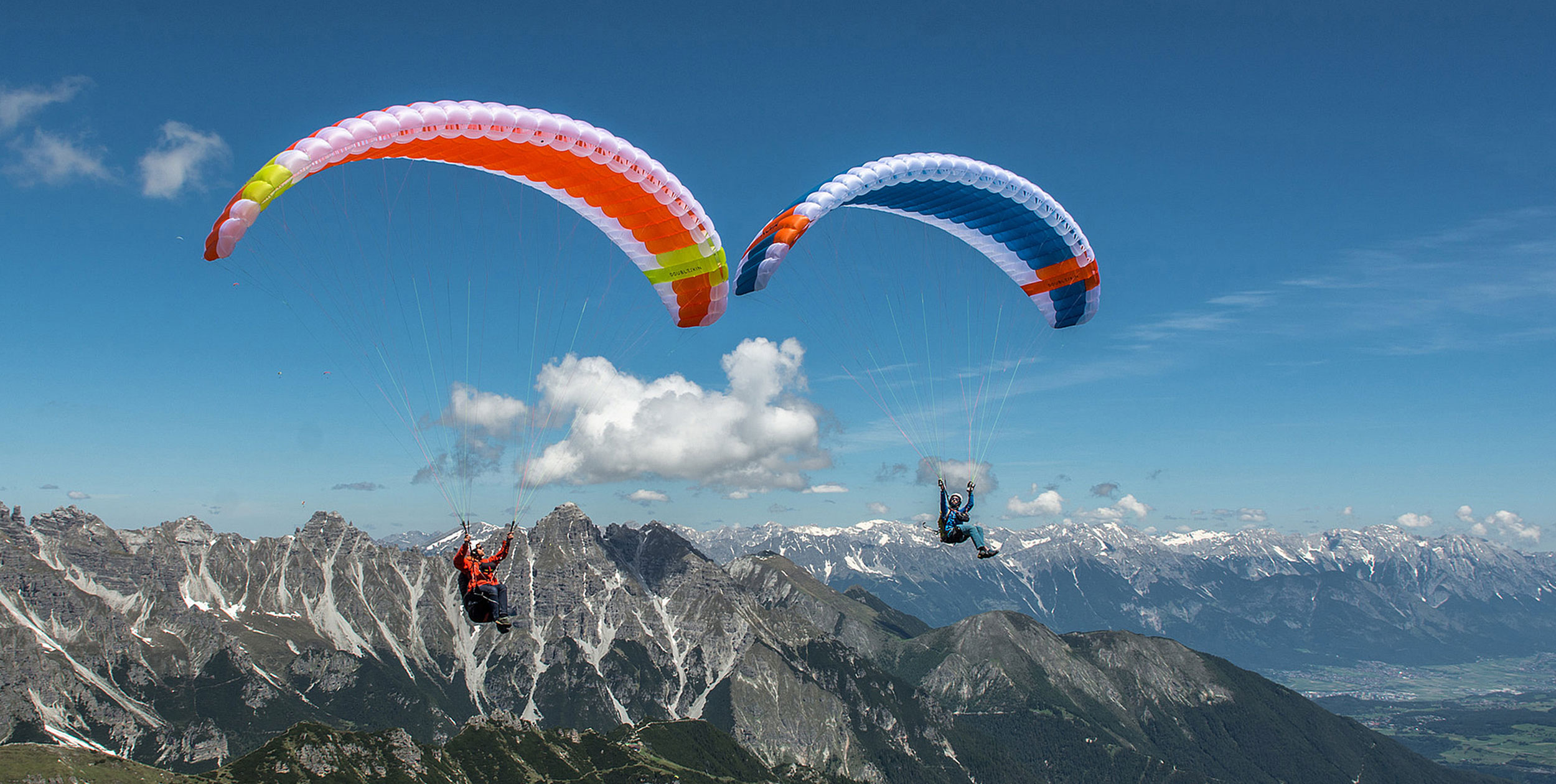Choosing the right equipment for adventure flying can become a trade-off between light weight and comfort. Bastienne Wentzel explores the options.
Lightweight paragliders, 3-4kg
Nearly every manufacturer now has at least one lightweight wing in their range, and some make virtually every glider, from EN A to EN D, in lightweight as well as standard versions.
They can be basically the same design as the equivalent full-fat wing but made using lightweight cloth, unsheathed lines and light Dyneema risers. For the manufacturer this is the easiest option and requires less certification than designing a completely new wing.
As the demand for lightweight wings rises, we are also now seeing more specially-designed lightweight wings that are optimised for a particular use, such as high-performance wings for vol-bivouac or adventure-race competitions. In addition to being lighter, these have attributes such as better slow-speed handling, so they are well adapted for tricky top-landings.
A wing made from lightweight material has less mass and less inertia, so it can feel a bit different in the air compared with the...



